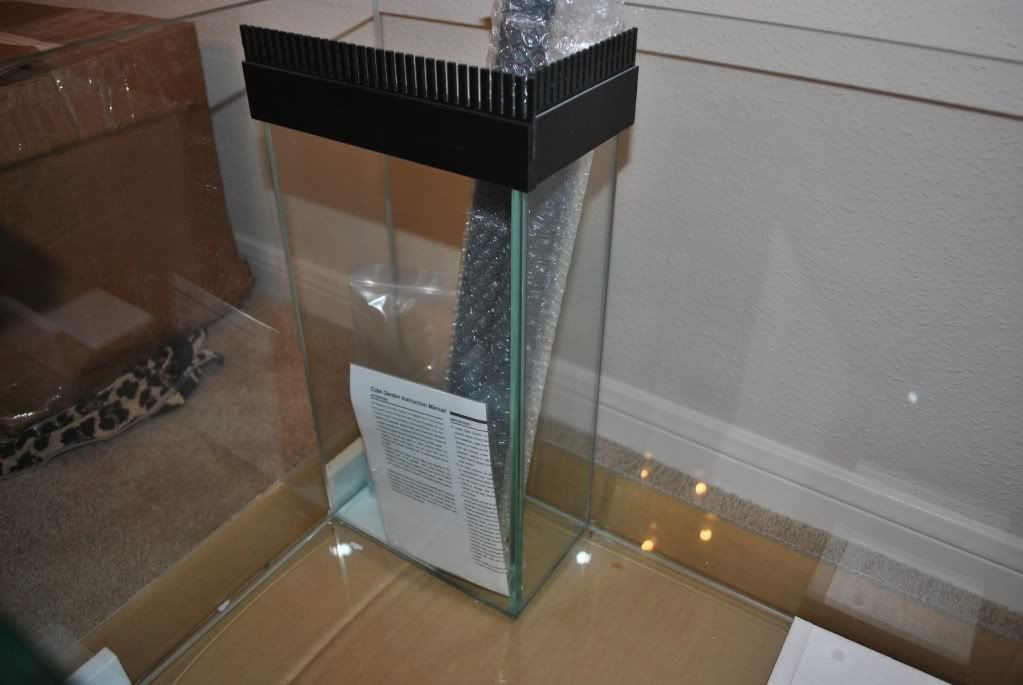
So if you place your valve where it’s easy to reach, then you’ll thank yourself later. So having the valve in a convenient spot to reach can often take precedence.ĭialing in the valve can often take a minute or two until you get the hang of it. The difference in time to go full-siphon is only a few seconds with most tanks. You can place the siphon valve directly below the bulkhead, or all the way down at the outlet. But in reality, it does not matter much whether the siphon goes into silent operation in 30 seconds vs. When the siphon is re-starting, such as when you restart the return pump, it will take up to a minute in some cases to get going again.īy placing the valve all the way down at the sump just before the water level, the pipe will go full-siphon the quickest. You can help the siphon start quickly by doing a few things: Plumb the drain with a minimal horizontal run, and have the drain outlet the proper height. This means the siphon line coming down from the display tank is only a few feet long. That is - less air needs to purge and exit the pipe downwards.Ī simple and common way to run your setup is with the sump in the stand below the tank. This is because as water fills the pipe, the air exits the high section of pipe easier than the low section that’s after the valve. The vertical position of the valve on the siphon line plays a part in how fast the siphon starts.Īll things being equal, the siphon will purge air and start faster if the valve is down closer to the pipe’s outlet. Valve Placement Vertically on Main Siphon Drain Line Flexible pipe can make curves more gradual, and can using 45° fittings instead of 90°’s for bends on rigid lengths of PVC.

This isn’t always possible, but you should keep it in mind. Ideally the siphon pipe should run straight down to the sump, with no excessive horizontal runs (anything less than 24″ generally is no problem). So as you increase vertical distance between the inlet in the overflow and the outlet down in the sump, water moves faster. So for a siphon, it is working with gravity - water moves through the pipe faster the further it has to fall straight down. The rate that a siphon moves water is similar to a return system.įor a return pump, the greater the distance the pump has to push water up to the tank against gravity, the less flow exits the return outlet. Once the air is purged from the line and the siphon is fully engaged, it continues to run this way 24 hours per day until something interrupts flow like the return pump being shut off. The way the siphon on the Herbie is achieved is by manually constricting flow on the main drain with a finely-adjustable valve. Aside from running silently, a siphon drain has much more flow capacity because air never runs through the pipes once it gets going. This is the main shortfall of single-pipe-drain methods like the Durso and it’s siblings. The goal is that you will not only understand the Herbie design after reading this, but start to see it’s limitations.Īny time you have air and water flowing through the same drain, you’ll get noise with even low amounts of flow. For the sake of clarity, I won’t attempt to explain the Herbie and BeanAnimal designs at the same time.The Beananimal is superior in many ways including running a “dry emergency” drain (increased safety), and having much more capacity than the Herbie design. There is another similar method called the “Beananimal” drain (also named after its creator) which is slightly more complicated in design and uses 3 standpipes vs.

You can choose to do things differently with certain parts of the design, but try to be aware of any risks you may be opening yourself up to when you do so. the most important thing is to understand your own setup.


 0 kommentar(er)
0 kommentar(er)
